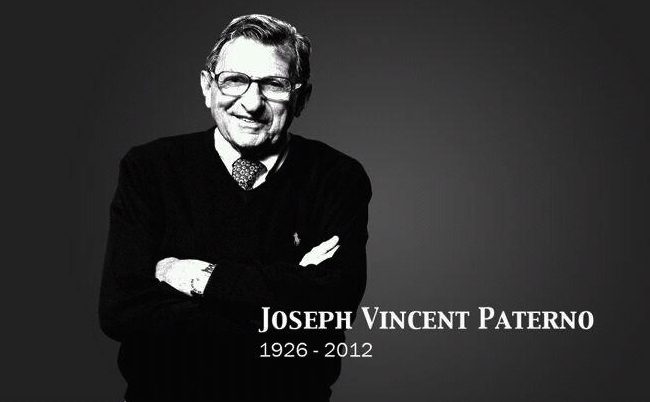Chase Sapphire Preferred: Using a Simple Way to Deliver a Big Message
Next week, you’ll hear a lot of talk about Super Bowl ads. Many brands will go big to try and outdo everyone else. Most brands think bigger is better—super ads for the Super Bowl.
But sometimes, it’s the little things that make an ad truly effective. This is the case with the new Chase Sapphire Preferred credit card commercial.
Your attention is drawn in right away by their simple, yet smart, concept—you’ll reach an actual person every time you call Chase Preferred customer service. Or as they put it, “You’ll immediately get a person, not a prompt.”
Why does this work?
Automated voice response systems, especially in the credit card industry, were great when they first came out. If all you wanted to do was check your account balance (or something simple like that), you could do so more quickly using the automated system.
Companies then got carried away, and it became more difficult to reach a person when you needed one. In fact, for many companies, the option to speak to a person often does not appear until you run through one or more sets of menus. Frustrating!
Customers get so frustrated that by the time the poor customer service representatives answer, the customer takes out all that frustration on the unsuspecting employee.
There are even websites (like Get Human and Dial a Human) to help you navigate those dreaded personless menus and reach a human more quickly. That’s how great our frustration is!
Reaching an actual person, though, is not Chase’s only message.
The two biggest complaints most people have about customer service are that it’s so difficult to reach an actual human and that, often, the person on the other end is in a different country—you have trouble understanding him and he has trouble understanding you.
Notice at the very end of the Chase Sapphire Preferred commercial, you hear a (supposed) Chase representative answering the phone:
Chase Sapphire Preferred, this is Julie, from Springfield…
Am I wrong, or did Chase find a politically correct way to say, “our reps are Americans, too”?
This isn’t a big budget commercial. There’s nothing fancy about it. And one of their biggest messages comes in a tiny little blip at the end that makes a large impact.
Brilliant. Take that, Super Bowl ads!
***************
Thought I’d add this disclaimer: I don’t need all the customer service reps I call to be from this country or to speak perfect English. However, if I need a complex issue fixed or explained, I do get very frustrated when the rep and I can’t understand each other. And I know many other people share that same frustration. Chase seems to realize that too. That’s what I mean by the “Americans” remark.








You must be logged in to post a comment.